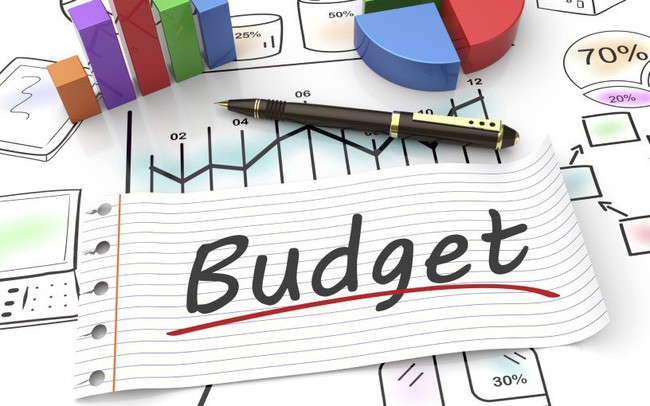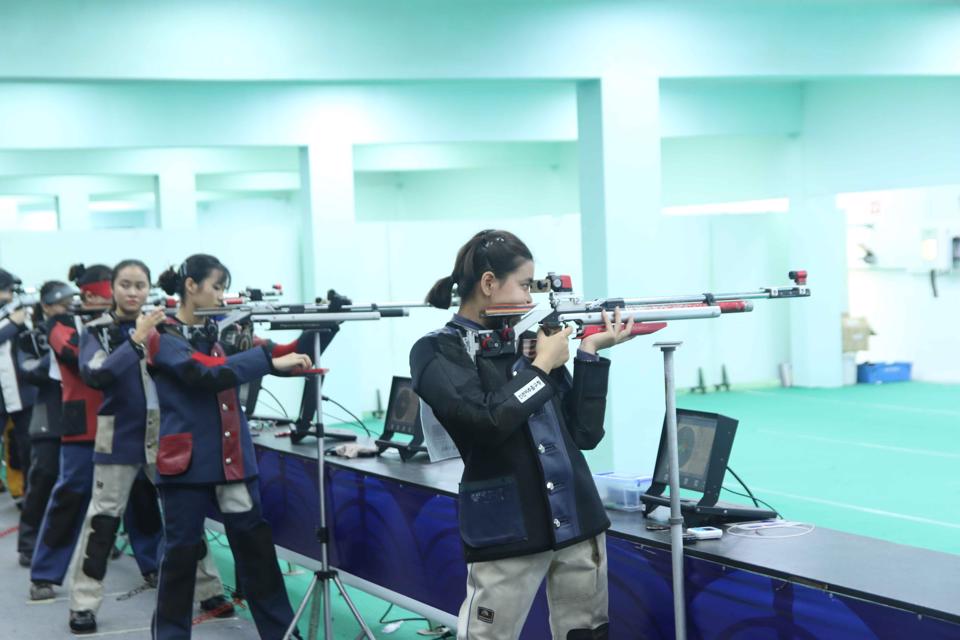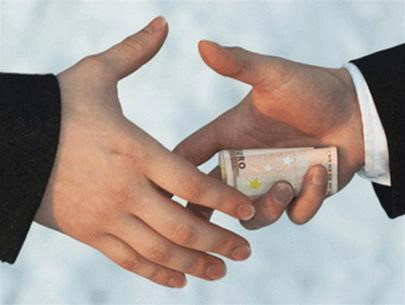What are the revenue sources of the central and local budgets in Vietnam? – My Duc (Ha Tinh)

Revenues sources of central and local budgets in Vietnam (Internet image)
Regarding this issue, LawNet would like to answer as follows:
1. Central budget revenues sources in Vietnam
- 100% of central budget revenues (including late payment interest in accordance with the Law on Tax Administration), including:
+ Value added tax collected from imported goods;
+ Export tax and import tax;
+ Special excise tax on imported goods, including excise tax on imported goods that the importing business continues to sell domestically;
+ Environmental protection tax collected from imported goods;
+ Tax on natural resources, corporate income tax; value-added tax, profits distributed to the host country, fees, water surface rentals, taxes, fees, and other revenues from oil and gas exploration and exploitation activities;
+ Non-refundable aid from the Governments of other countries, international organizations, other organizations, and individuals abroad for the Government of Vietnam;
+ Fees collected from service activities performed by central state agencies, excluding amounts deducted by competent authorities to set operating expenses; fees collected from service activities performed by central public non-business units and central state enterprises, after deducting the part that is deducted to cover expenses as prescribed by law.
Fees collected and deducted to cover expenses are not within the scope of state budget revenue and are managed and used in accordance with law;
+ Fees collected by central state agencies, excluding license fees specified at Point g and registration fees specified at Point h, Clause 1, Article 5 of Circular 342/2016/TT-BTC;
+ Money collected from sanctioning administrative violations, fines, and other confiscation as prescribed by law, decided by central state agencies to sanction and confiscate;
+ Revenue from the sale of state assets; including revenues from the transfer of land use rights attached to assets on land, change of land use purpose by state agencies, political organizations, socio-political organizations, public non-business units, one-member limited liability companies owned by the State or by enterprises with central capital before the equitization or rearrangement, and managed by other units and organizations under the central government;
+ Revenues from property under which state ownership is established, handled by central agencies, units, and organizations, after deducting expenses as prescribed by law;
+ The capital recovery of the central budget invested in economic organizations (including both principal and interest); the collection of dividends and profits distributed in joint-stock companies and limited liability companies with two or more members and capital contributed by the state owned by ministries, ministerial-level agencies, government-attached agencies, and other central agencies; the collection of the remaining after-tax profits after appropriating funds of state-owned enterprises represented by ministries, ministerial-level agencies, government-attached agencies, and other central agencies;
+ Revenues from granting the right to exploit minerals or granting the right to exploit water resources shall be enjoyed by the central budget according to the provisions of law;
+ Fees for using the sea area for the sea area under the central authority;
+ The difference between revenues and expenditures is larger than that of the State Bank of Vietnam;
+ Revenues from the central financial reserve fund;
+ Collecting the central budget surplus;
+ Revenue transferred from the previous year to the central budget;
+ Other revenues according to the provisions of law, including the budget revenues paid up by subordinates.
- Revenues divided according to a percentage (%) between the central budget and the local budget (including late payment interest according to the provisions of the Tax Administration Law), including:
+ Value-added tax, including value-added tax of sub-contractors arising from service activities serving oil and gas exploration and exploitation activities, excluding the value added tax specified at Points a and dd, Clause 1, Article 3 of Circular 342/2016/TT-BTC;
+ Corporate income tax, including corporate income tax of subcontractors, arising from service activities serving oil and gas exploration and exploitation activities (including tax on income from capital transfer in oil and gas activities); excluding corporate income tax specified at Point dd, Clause 1, Article 3 of Circular 342/2016/TT-BTC;
+ Personal income tax;
+ Special consumption tax, excluding the excise tax specified at Point c, Clause 1, Article 3 of Circular 342/2016/TT-BTC;
+ Environmental protection tax, excluding the environmental protection tax specified at Point d, Clause 1, Article 3 of Circular 342/2016/TT-BTC.
For the environmental protection tax collected from domestically produced petrol and oil, the determination of revenue generated is based on the output sold by the focal enterprise in the market and the proportion of total domestic production of petrol and oil to total imported petroleum output. Every year, the Ministry of Finance determines this proportion.
(Article 3 of Circular 342/2016/TT-BTC)
2. Local budget revenue in Vietnam
- Local budget revenues enjoy 100% (including late payment interest according to the provisions of the Law on Tax Administration), including:
+ Natural resources tax, excluding natural resources tax collected from oil and gas exploration and exploitation activities;
+ Tax on agricultural land use;
+ Tax on non-agricultural land use;
+ Land use fee;
+ Land rent, water surface rent, excluding land rent, water surface rent from oil and gas exploration and exploitation activities;
+ Rent and sale of state-owned houses;
+ License fees;
+ Registration fee;
+ Revenues from lottery activities, including computerized lottery activities;
+ Capital recovery of local budgets invested in economic organizations according to regulations; collecting dividends and distributed profits in joint stock companies, limited liability companies with two or more members and capital contributed by the State, represented by the People's Committees of the provinces and centrally run cities; collecting the remaining after-tax profits after setting aside funds of state-owned enterprises represented by the People's Committees of the provinces and centrally-run cities;
+ Revenues from the sale of state assets, including receipts from the transfer of land use rights attached to assets on land, change of land use purpose by state agencies, political organizations, socio-political organizations, public non-business units, and one-member limited liability companies owned by the State as the owner of a unit or enterprise with capital from the local budget before the equitization or rearrangement and managed by other local units and organizations;
+ Non-refundable aid from international organizations, other organizations, and individuals abroad is sent directly to the locality;
+ Fees collected from service activities performed by local state agencies, excluding deductions from competent authorities for operating expenses; fees collected from service activities performed by local public non-business units and local state-owned enterprises, after deducting the part that is deducted to cover expenses as prescribed by law.
Fees collected and deducted to cover expenses are not within the scope of state budget revenue and are managed and used in accordance with law;
+ Fees collected by local state agencies;
+ Money collected from sanctioning administrative violations, fines, and other confiscation as prescribed by law, decided by local state agencies to sanction and confiscate;
+ Revenues from property under which state ownership is established, handled by local agencies, units, and organizations, after deducting expenses as prescribed by law;
+ Collecting from the money for granting the right to exploit minerals, granting the right to exploit water resources that the local budget is entitled to according to the provisions of law;
+ Fees for using the sea area under the local allocation authority;
+ Revenues from the public land fund and other public benefits;
+ Mobilizing contributions from organizations and individuals as prescribed by law;
+ Revenue from local financial reserve fund;
+ Collecting local budget surpluses;
+ Other revenues as prescribed by law, including the collection of money for the protection and development of rice land; collect compensation to the state when causing damage in the management and use of land; and revenue from the lower level budget.
- Revenues divided according to a percentage (%) between the central budget and the local budget according to the provisions of Clause 2, Article 3 of this Circular.
- Additional revenue to balance the budget, supplemented with targets from the central budget.
- Transferred revenue from the local budget from the previous year.
(Article 5 of Circular 342/2016/TT-BTC)
Diem My
- Key word:
- central and local budgets in Vietnam
 Article table of contents
Article table of contents






.Medium.png)
.Medium.png)
.Medium.png)
.Medium.png)
